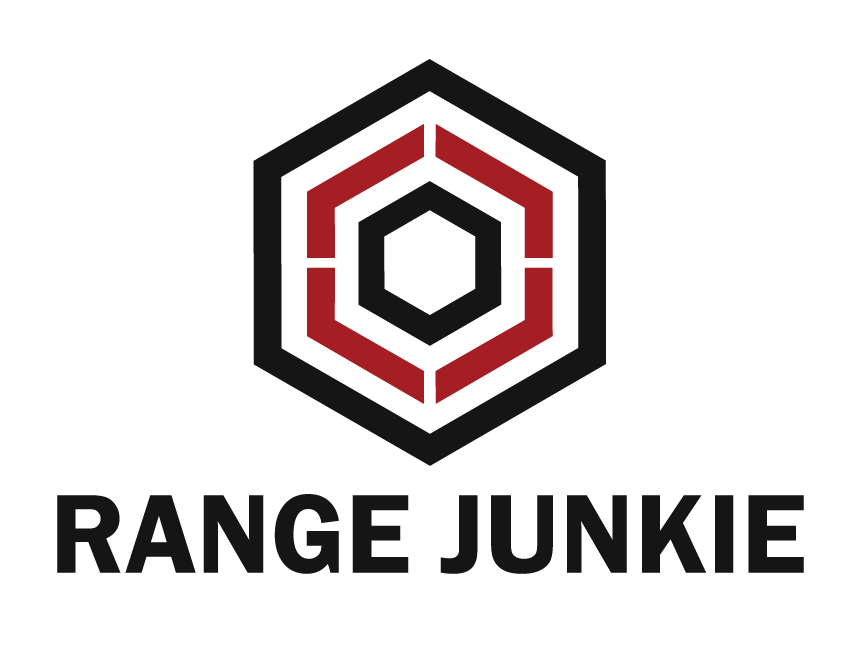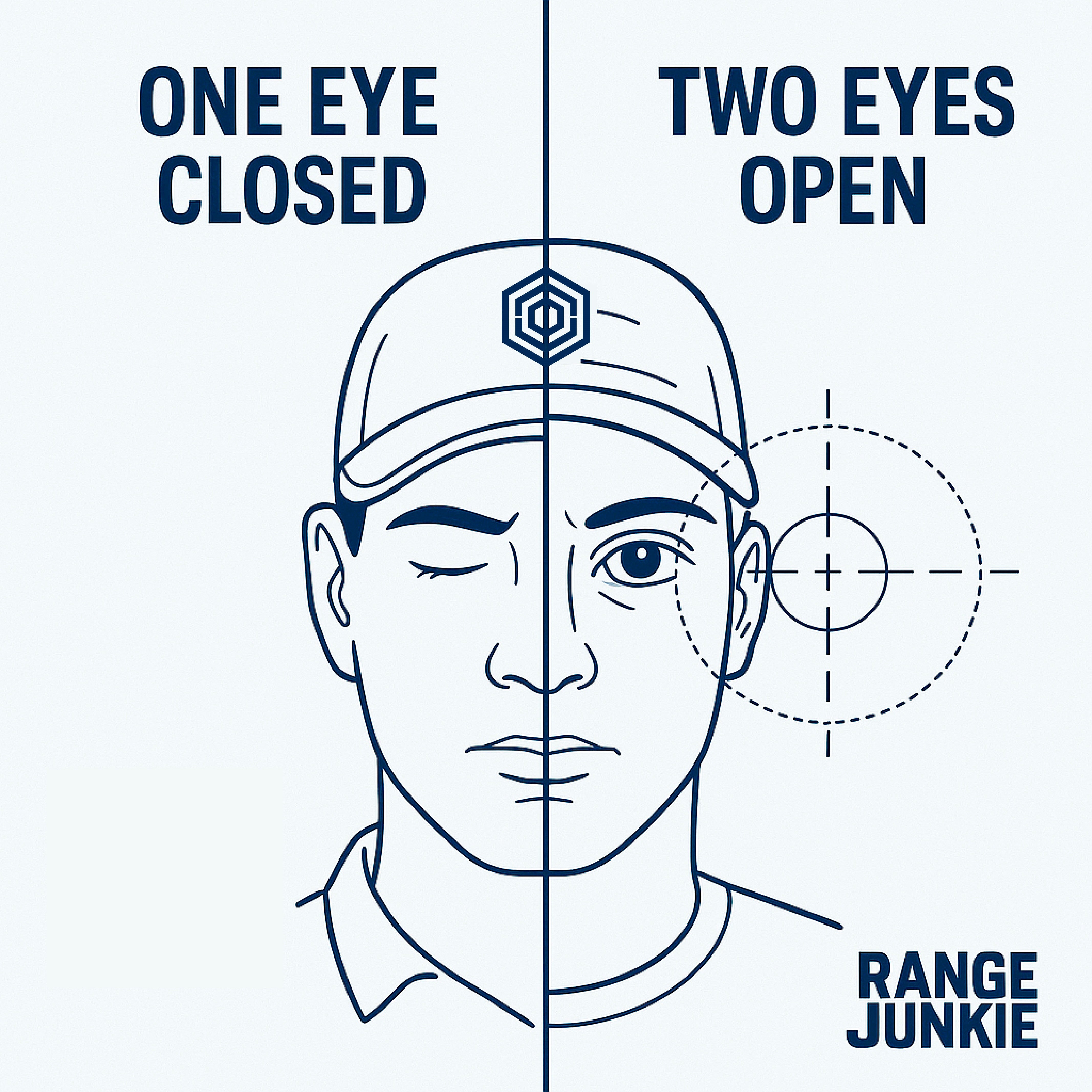Few topics spark more discussion on the range than whether a shooter should fire with both eyes open or close one eye. From new shooters to seasoned competitors, everyone seems to have a preference—often backed by strong opinion. Like most debates in the shooting world, the truth is more nuanced. Each approach has its benefits, disadvantages, and situational advantages.
Why the Debate Exists
Shooting is as much about vision as it is about mechanics. The human eye wasn’t designed to line up tiny sights on a moving target—it was designed to track prey, threats, and movement in our environment. When you raise a firearm, you’re forcing your eyes and brain to do something they weren’t naturally wired for. That’s why some shooters instinctively close an eye, while others keep both open.
One Eye Closed
Closing one eye—usually the non-dominant—has been the traditional approach taught to new shooters for decades.
Advantages
-
Simplifies sight alignment: With one eye shut, the brain only has to process one image. This can make it easier for beginners to focus on the front sight and maintain alignment.
-
Reduced distraction: For shooters who see a “double image” when both eyes are open, closing one eye eliminates the confusion.
-
Precision shooting: In disciplines like bullseye or slow-fire target shooting, one eye closed can offer greater control for fine accuracy.
Disadvantages
-
Loss of depth perception: Shooting with one eye closed removes binocular vision, making it harder to judge distances and track moving targets.
-
Reduced peripheral vision: This can be a tactical disadvantage in dynamic scenarios like IPSC, IDPA, or defensive shooting.
-
Eye fatigue: Holding one eye closed for long periods can cause strain, especially during long practice sessions or matches.
Two Eyes Open
Keeping both eyes open has gained popularity, particularly in practical shooting and defensive contexts.
Advantages
-
Wider field of view: You see more of your environment—helpful for engaging multiple targets, tracking movement, and maintaining situational awareness.
-
Better depth perception: Both eyes working together allow you to gauge distance and speed of targets more accurately.
-
Faster target acquisition: Your brain can process information quicker when both eyes are open, leading to quicker transitions.
Disadvantages
-
Double vision effect: Many shooters initially see two sets of sights or targets, which can be distracting.
-
Requires eye dominance training: Cross-dominant shooters (e.g., right-handed but left-eye dominant) often struggle to adapt without corrective training or adjustments.
-
Steeper learning curve: It takes time and practice for the brain to ignore the non-dominant eye’s competing image.
Situational Use
The truth is, both methods have their place:
-
Competition: In fast-paced sports like IPSC or 3-Gun, two eyes open generally gives a clear edge in speed and awareness. But for precision stages, some competitors still squint or partially close the non-dominant eye for tighter groups.
-
Defensive Shooting: Two eyes open is usually recommended—it allows you to see threats beyond your sights and react faster.
-
Hunting: Depends on the situation. Precision shots from a rest might benefit from one eye closed, but tracking game through brush often favors two eyes open.
-
Training New Shooters: Beginners often start with one eye closed to reduce confusion, then transition to both eyes open once fundamentals are solid.
Finding What Works for You
The debate isn’t about which method is “right” or “wrong.” It’s about what works for your eyes, your brain, and your discipline. Some shooters will always prefer the simplicity of one eye closed; others will never give up the speed and awareness of two eyes open.
If you’re unsure, experiment. Run the same drill both ways and compare your speed, accuracy, and comfort. Over time, you’ll find what feels most natural for your shooting goals.
Closing Thoughts
At the end of the day, shooting is a deeply personal skill. Whether you’re on the range, in competition, or in the field, the choice between one eye closed or two eyes open comes down to balance—between clarity and awareness, precision and speed.
That’s why the debate will never end. And maybe it shouldn’t. After all, part of what makes shooting sports so fascinating is that there’s no single way to get it done—only the way that works best for you.



Share:
Closet Range Junkies – The Silent Majority in Canadian Gun Culture
Train Like a Champion: The Role of Dry Fire in Competitive Shooting